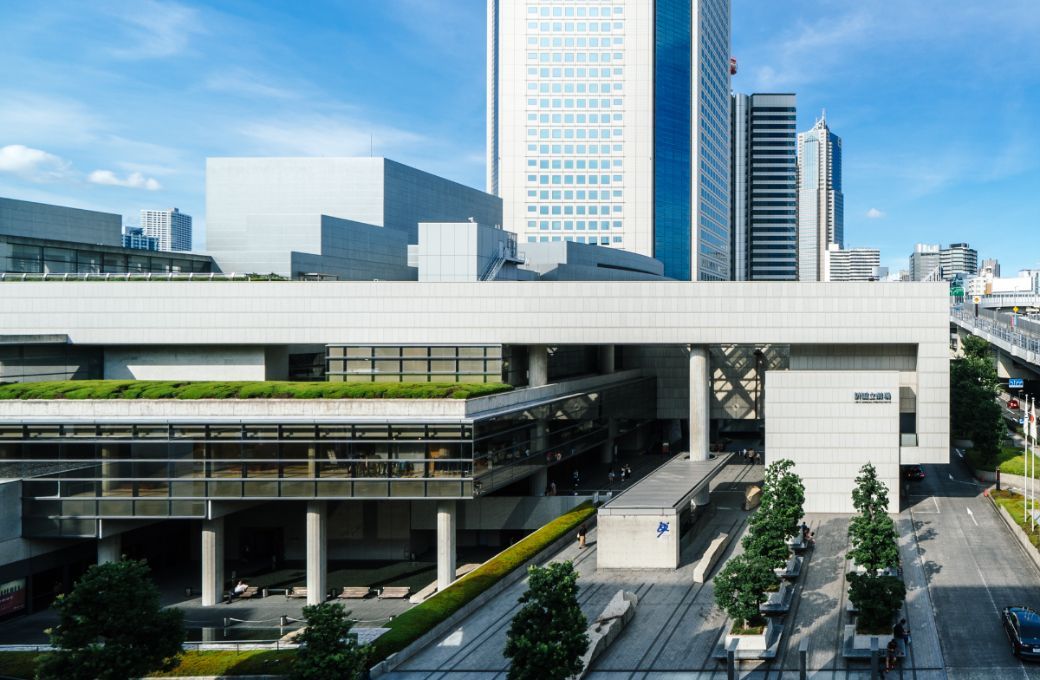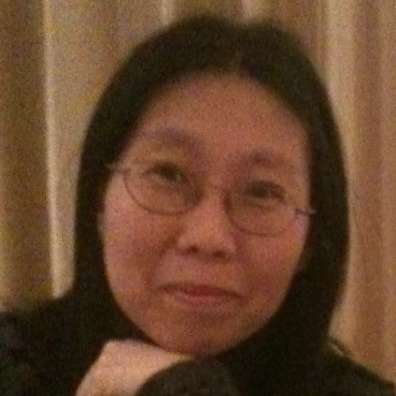If you ask a conductor on the international circuit their favourite concert hall, there’s a good chance they’ll choose a venue in Japan – there are outstanding halls across the whole country. Within the boundaries of metropolitan Tokyo alone, there are more than 20 major classical music venues (halls and theatres of various sizes), and on any given date, especially at weekends, you will find multiple classical music events being held across the city.

Tokyo’s concert hall boom came about as a direct result of the so-called “bubble economy” of the 1980s and 90s. Unusually, the city’s concert venues are a mix of publicly run and privately run institutions. The former includes Tokyo Bunka Kaikan, Tokyo Metropolitan Theatre, and the New National Theatre, Tokyo; and the latter includes Suntory Hall, Tokyo Opera City, and Bunkamura Orchard Hall, which are owned by major corporate firms.
In contrast, most of Tokyo’s beautiful chamber music venues such as Kioi Hall, Toppan Hall, Oji Hall, Hamarikyu Asahi Hall, and Yamaha Hall are owned by major firms, as may be evident from their names.
Suntory Hall
When one looks back at the history of concert halls in Tokyo, it was Suntory Hall, opened in 1986, and situated in the wealthy business zone of Roppongi & Akasaka, that set the trend for corporate firms to build halls on their property in order to give back to society through culture. The hall is owned and run by the Suntory Group, a global beverage company, especially known in recent years for their whisky.
Suntory Hall also opened a new age for concert hall acoustics. Its main hall (capacity 2,006) was the first purpose-built concert hall in Japan and also the first in the vineyard style, modelled on Berlin’s Philharmonie with Karajan’s blessing. With its acoustic design, Nagata Acoustics set the benchmark for many subsequent concert halls worldwide. The hall has a reverberation time of 2.1 seconds and listeners are surrounded by warm sound wherever they are seated.
The hall doesn’t have a resident orchestra, but this means it welcomes all orchestras equally, both local and international. Many of Tokyo’s orchestras have their own series at Suntory Hall, including the NHK Symphony Orchestra, Japan Philharmonic Orchestra, and Tokyo Metropolitan Symphony Orchestra. Almost all notable international orchestras will make a stop at Suntory Hall, such as the London Symphony Orchestra, Berliner Philharmoniker and the Royal Concertgebouw, and the annual Vienna Philharmonic Week has been held since 1999.
Suntory Hall has a beautiful Rieger organ and the free lunchtime organ recital is a great opportunity if you want to pop in. On site is also a smaller hall called Blue Rose (capacity c.400), which is the venue for its annual chamber music festival around June.
NHK Hall
There are many choices of halls and theatres in Shinjuku and Shibuya, two of Tokyo’s most popular districts. If you want to hear Japan’s premier orchestra, the NHK Symphony Orchestra, Tokyo (NHKSO), then head for the NHK Hall, situated next to the NHK Broadcasting Center in the leafy Yoyogi Park area. It’s a 10-minute walk from either Shibuya or Harajuku stations. It’s a multi-purpose venue with the capacity of 3,601, which makes it one of the largest of Tokyo’s concert halls.
The home of the NHKSO since the hall opened in 1973, it has recently been refurbished and has vintage charm. The orchestra’s season starts in September, and they hold four subscription concerts there each month with leading conductors. It also hosts the NHK Music Festival, an international orchestra festival in the autumn. Historically, the hall has also staged performances by international opera companies such as the Wiener Staatsoper and La Scala.
Bunkamura Orchard Hall
In another part of Shibuya is Bunkamura Orchard Hall, a 2,150-seater concert hall which has formed a part of the Bunkamura cultural complex attached to the Tokyu Department Store (also theatre, cinemas and art gallery). However, the department store and the complex are currently undergoing redevelopment so although the Orchard Hall remains open, performances are held only at weekends and national holidays. The Artistic Director of Bunkamura Orchard Hall is the charismatic former Royal Ballet dancer, Tetsuya “Teddy” Kumakawa. His K-Ballet Tokyo company and also the Tokyo Philharmonic Orchestra have franchise agreements with the hall.
Tokyo Opera City and New National Theatre, Tokyo
Situated in Hatsudai, on the border of the Shibuya and Shinjuku districts, are two adjoining (but separate) institutions: Tokyo Opera City and New National Theatre, Tokyo. Admittedly the naming is a little confusing: the latter is the national theatre for contemporary performing arts (opera, ballet and theatre), with three theatres of different sizes. It was so named because Tokyo already had a National Theatre for the traditional performing arts such as Noh and Kabuki. Meanwhile, Tokyo Opera City is a privately-operated venue with two concert halls and an art gallery. They both opened in 1997 and celebrated their 25th anniversaries in 2022.
New National Theatre, Tokyo (NNTT)’s current opera director is the eminent conductor Kazushi Ono, and the ballet director is Miyako Yoshida, former principal of the Royal Ballet. The opera season starts in the autumn and usually consists of about 10–12 productions annually, spanning from the Baroque to Verdi and Wagner, and to contemporary. Under Ono’s leadership, it has commissioned new operas from Japanese composers every two years, most recently Dai Fujikura’s Dream of Armageddon premiered in November 2020.
The opera company features a mix of international stars and Japanese singers, and the New National Theatre Chorus is particularly fine. Instead of a house orchestra, the Tokyo Symphony and the Tokyo Philharmonic share the duties in the pit. The ballet performances, which include both classics and modern repertoire, are given by the National Ballet of Japan, NNTT’s resident ballet company, who feature a lineup of excellent, mostly home-grown dancers.
Meanwhile next door at Tokyo Opera City, its Takemitsu Memorial Concert Hall (capacity 1,632) is a perfectly proportioned rectangular hall with a striking pyramid-shaped ceiling. A few years ago, it was chosen by The Guardian’s architecture critic as one of the world’s ten best concert halls. Its slightly smaller size is particularly suited to chamber-sized ensembles and early music groups, and its regular collaborators include Deutsche Kammerphilharmonie, Les Arts Florissants, and artists such as Emmanuel Pahud, Isabelle Faust and Leif Ove Andsnes.
From the beginning, the hall has had a strong focus on contemporary music, which is manifest in its hosting the annual Toru Takemitsu Composition Award, a unique composition competition judged by a one-person jury. It is also the home venue of the internationally renowned Bach Collegium Japan, which holds its Tokyo concerts there.
Tokyo Bunka Kaikan
Across town, just outside JR Ueno station, stands the oldest of Tokyo’s classical concert venues, Tokyo Bunka Kaikan, which opened in 1961 and was built to commemorate the 500th anniversary of the founding of metropolitan Tokyo. Its spacious and elegant design by the modernist architect Kunio Maekawa (1905–86) still impresses.
With full theatrical facilities, the large hall (capacity 2,303) is used predominantly for opera and ballet performances: it regularly hosts visiting opera and ballet companies such as the Royal Opera and Ballet, Wiener Staatsoper, and Paris Opera Ballet, and it is the regular base for the Tokyo Nikikai Opera Company. The hall has also been the home of the Tokyo Metropolitan Symphony Orchestra since its inception in 1964, and is the main venue of the annual Spring Festival in Tokyo, the largest classical music festival in Japan.
Tokyo Metropolitan Theatre Concert Hall
As with Tokyo Bunka Kaikan, the Tokyo Metropolitan Theatre Concert Hall (capacity 1,999) in nearby Ikebukuro is also a municipal venue. Many of Tokyo’s orchestras, including the Yomiuri Nippon Symphony Orchestra and the Pacific Philharmonia have a series there, and international orchestras perform there regularly. One of its unique features is the rotating organ – with one side bearing the classical style and the other the modern style. There are regular lunchtime and evening organ recitals where you can enjoy this unique instrument. The hall has easy access from Ikebukuro station.
Sumida Triphony Hall
On the eastern side of Tokyo near the Sumida River and Tokyo’s landmark Tokyo Skytree tower, is the Sumida Triphony Hall (1,801 seats) – an acoustically fine hall (by Nagata Acoustics) combined with elegant design. Since its opening in 1997, it has been the resident venue of the New Japan Philharmonic, which has embarked on a new chapter with Yutaka Sado as Music Director this season. The nearest station is Kinshicho on the JR and metro lines, a relaxed, downtown area of Tokyo.
Lastly, some practicalities. Normally there is no dress code for concerts and people are often dressed quite casually (though maybe not flip flops and shorts). All the venues mentioned have good disabled access and assistance, but it is advisable to contact them beforehand. The best bar facilities are to be found in Suntory Hall (there is whisky!) and NNTT (a great selection of interval snacks and sweets), and Tokyo Bunka Kaikan has a restaurant within the building. Other venues offer mainly hot and cold refreshments, but as Rebecca Hallett has reported in A concertgoer’s guide to food and drink in Tokyo, most of the venues have fantastic places to eat nearby, so you won’t need to worry about going hungry after a show.
See more information about Tokyo and see our complete listings for events in the city.
This article was sponsored by Tokyo Tokyo.


